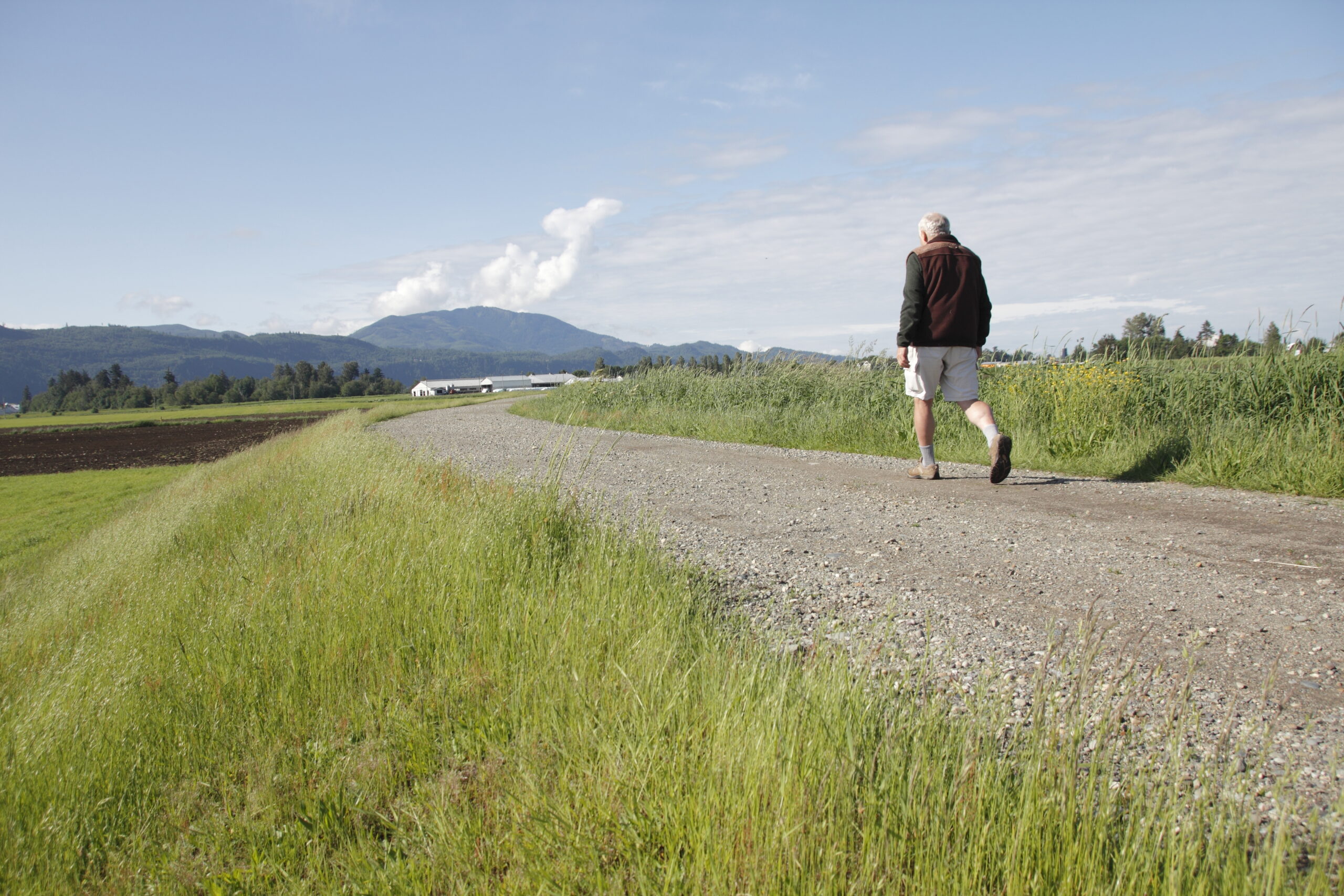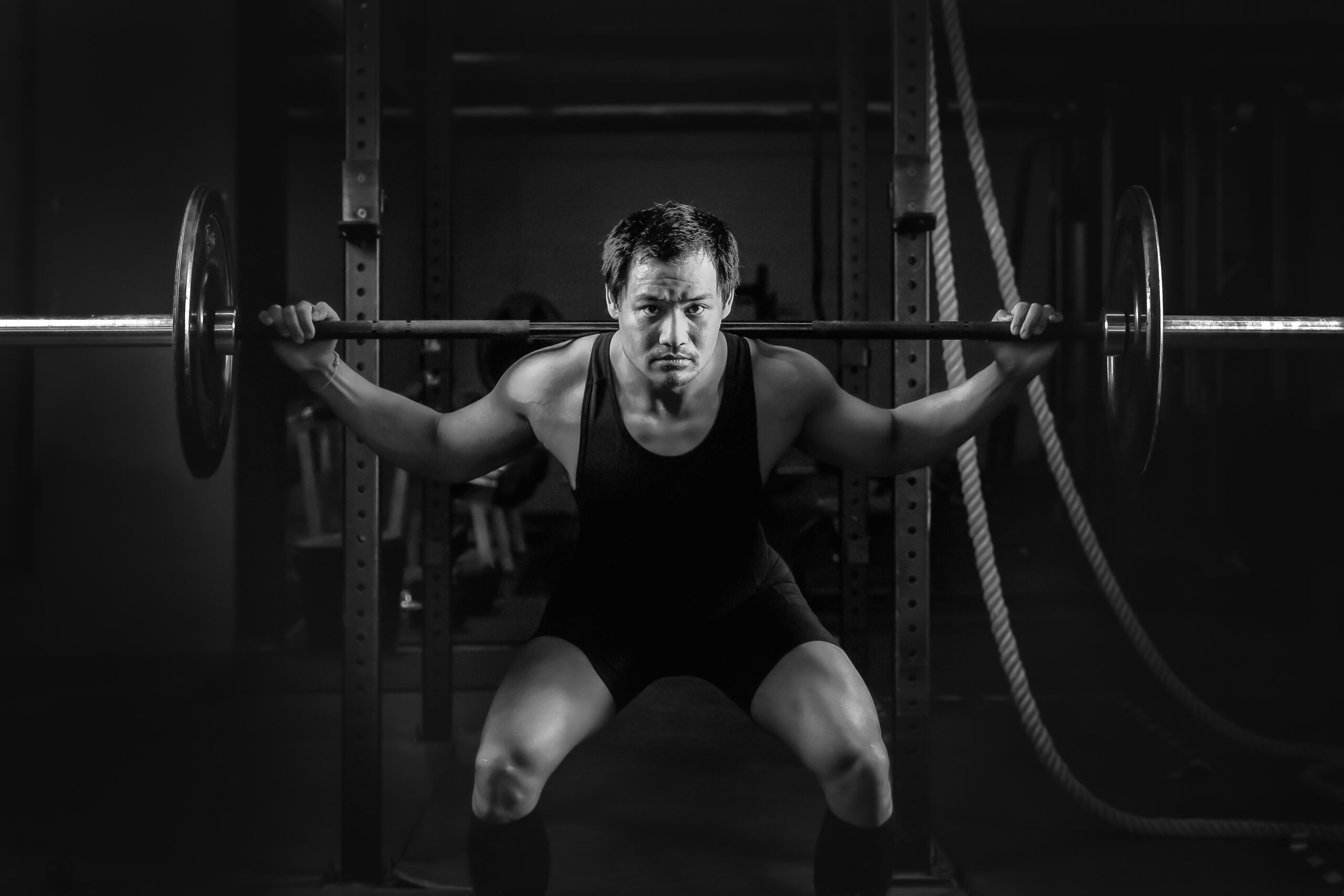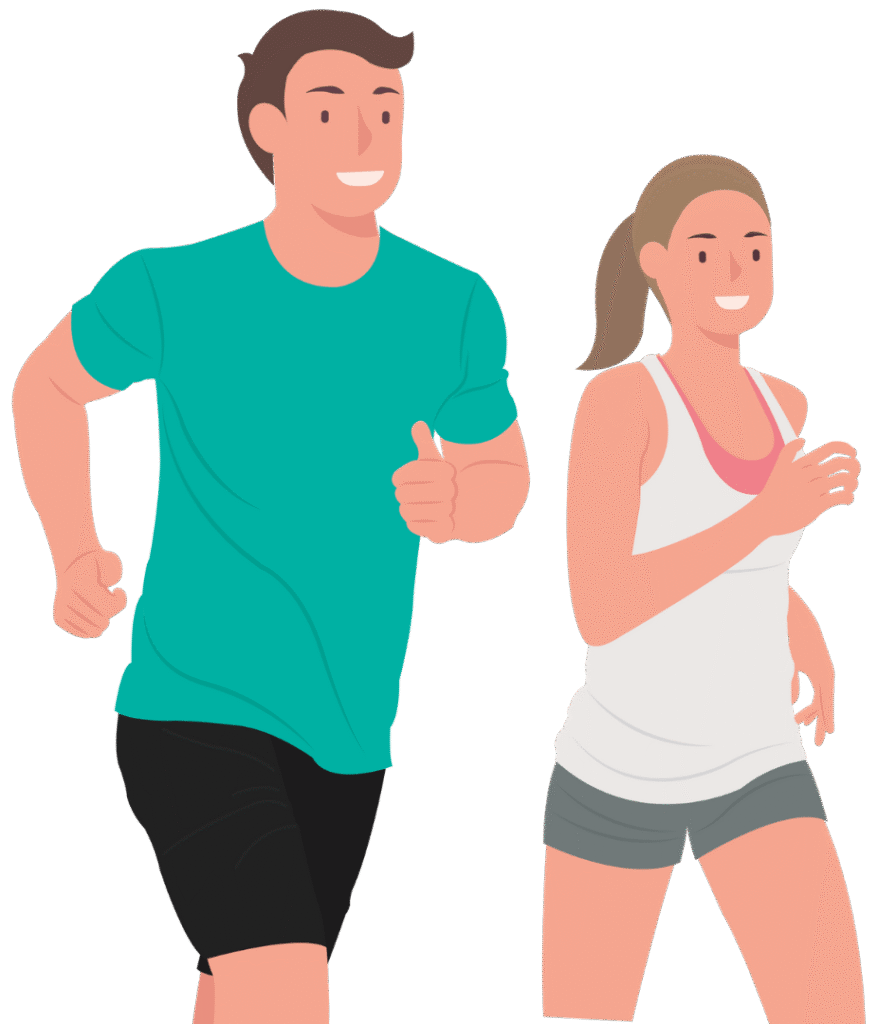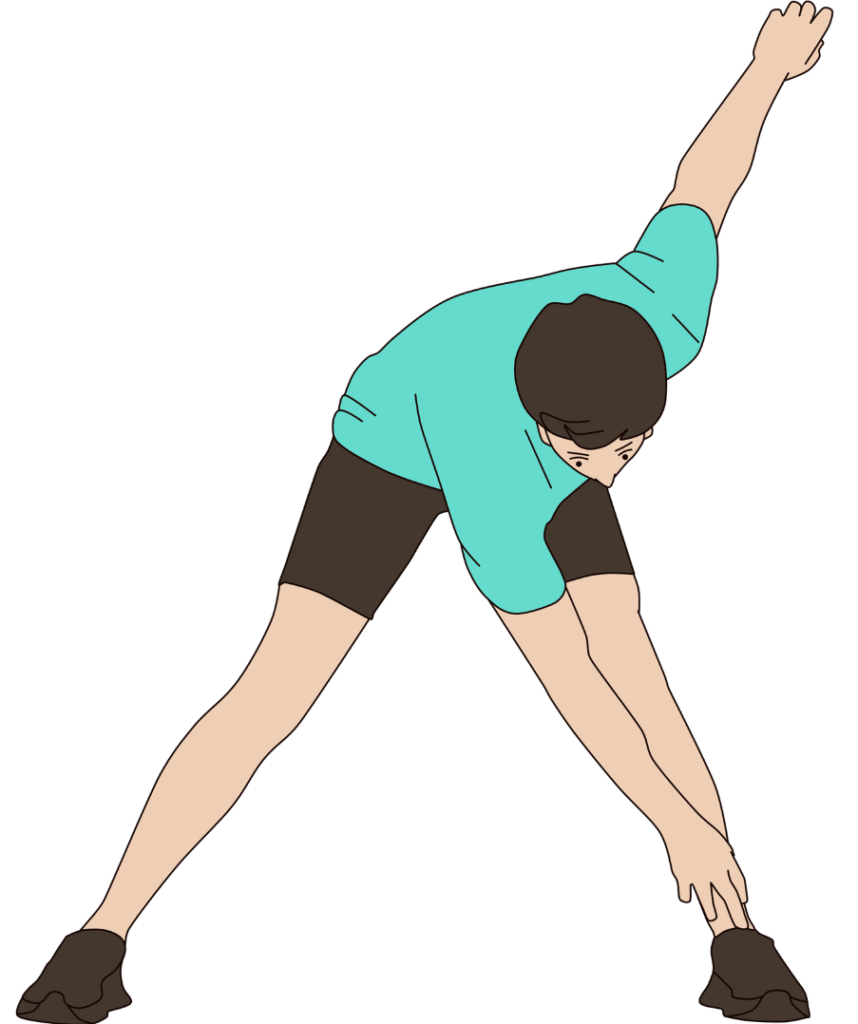What if a single piece of gear could transform your daily walk into an athlete’s workout, promise stronger bones, and make you part of the latest fitness craze—all without ever stepping foot in a gym?
Story Snapshot
- Weighted vests, once limited to military and elite athletes, are now mainstream thanks to home fitness booms and celebrity hype.
- Benefits include improved cardiovascular health, bone density, and workout efficiency—but risks exist for those who overdo it or skip expert guidance.
- Product innovation, social media buzz, and platforms like Peloton are making vests more accessible and stylish than ever before.
- Older adults and everyday exercisers are fueling a market projected to reach $313 million by 2031.
Weighted Vests: From Military Drill to Living Room Routine
Weighted vests began as utilitarian tools, used by soldiers for “rucking” and by athletes chasing elusive performance edges. These early vests were heavy, stiff, and unapologetically ugly—a far cry from the sleek, ergonomic offerings now spotted on power-walkers in suburban parks. Fast forward to the pandemic’s gym closures, and suddenly, people sought creative ways to sweat at home. Enter the weighted vest: a simple, portable tool offering the resistance of a full weight rack, minus the space and cost. As home fitness soared, so did vest sales, shifting the product from military surplus to mainstream must-have.
Social media platforms soon exploded with images of celebrities like Cynthia Erivo sporting vests while crushing interval runs or squats in their living rooms. Fitness influencers posted vest-centric challenges, and hashtags like #WeightedVestWorkout trended. What began as a niche tool for CrossFit diehards and marathoners morphed into a badge of commitment for anyone wanting to maximize their time and effort. By 2025, Peloton—a barometer for fitness trends—launched dedicated vest classes, cementing the accessory’s status as the era’s go-to workout upgrade.
The Science: Why (and How) Weighted Vests Work
Weighted vests operate on a simple principle: add resistance, and your body works harder. This makes every step, squat, or pushup more taxing, increasing calorie burn and cardiovascular output. For older adults, studies highlight the promise of improved bone density—a holy grail in preventing osteoporosis. Exercise physiologists point out that vests engage the body’s postural muscles, enhancing balance and functional strength with regular use. However, the benefits hinge on moderation and proper form. Experts warn that piling on too much weight or skipping gradual adaptation can strain joints and the spine, especially for those with pre-existing conditions. The best results come from starting light, focusing on posture, and listening to the body’s signals.
Beyond performance, vest design has evolved dramatically. Modern versions feature breathable fabrics, adjustable fits, and gender-specific contours. Manufacturers now target not just athletes, but everyday exercisers and older adults, offering lines that are as comfortable as they are functional. This democratization—once you needed a coach or military background to justify wearing a vest, now you just need motivation—has fueled explosive market growth and product innovation.
The Risks: Who Should Think Twice Before Strapping In?
While weighted vests promise efficient fitness gains, they are not risk-free. Medical experts caution that improper use—especially with heavy loads or bad posture—can lead to overuse injuries. Beginners, or those with joint or bone issues, should consult a professional before adding significant weight. The surge in popularity has led to some users skipping the basics, resulting in joint pain or muscle strain. Trainers advise starting with as little as 5% of your body weight and increasing only as your strength and technique improve. For older adults, the vest’s potential to boost bone density is exciting, but only if used under expert supervision to avoid falls or exacerbating conditions like arthritis.
Despite these warnings, the trend’s accessibility remains its biggest draw. No longer reserved for the ultra-fit, weighted vests are now part of routines for people seeking a little extra challenge—whether walking the dog, gardening, or doing household chores. The ease of sliding one on for a daily stroll has brought resistance training to populations previously sidelined by intimidating gym equipment.
Market Boom and the Future of Home Fitness
Analysts predict the global weighted vest market will leap from $199 million in 2024 to $313 million by 2031, driven by innovation and a growing, diverse user base. Companies are racing to develop lighter, more ergonomic, and even fashion-forward vests to capture new demographics. The fitness industry’s embrace—highlighted by Peloton’s vest classes—signals that this trend is more than a passing fad. Social media continues to amplify the movement, with influencers and everyday users alike sharing creative routines and personal progress. As research continues, experts are hopeful but cautious, emphasizing the need for education on safe usage, particularly as more older adults join the movement.
Weighted vests have gone from military camps to living room corners, riding a wave of innovation, pandemic-driven necessity, and social media momentum. Whether this trend endures will depend on users’ ability to balance ambition with common sense, and on the industry’s commitment to making resistance training safe, inclusive, and effective for all. For now, one thing is certain: the days of fitness gear reserved for elite athletes are over. The weighted vest is everyone’s challenge—and potentially, everyone’s reward.
Sources:








